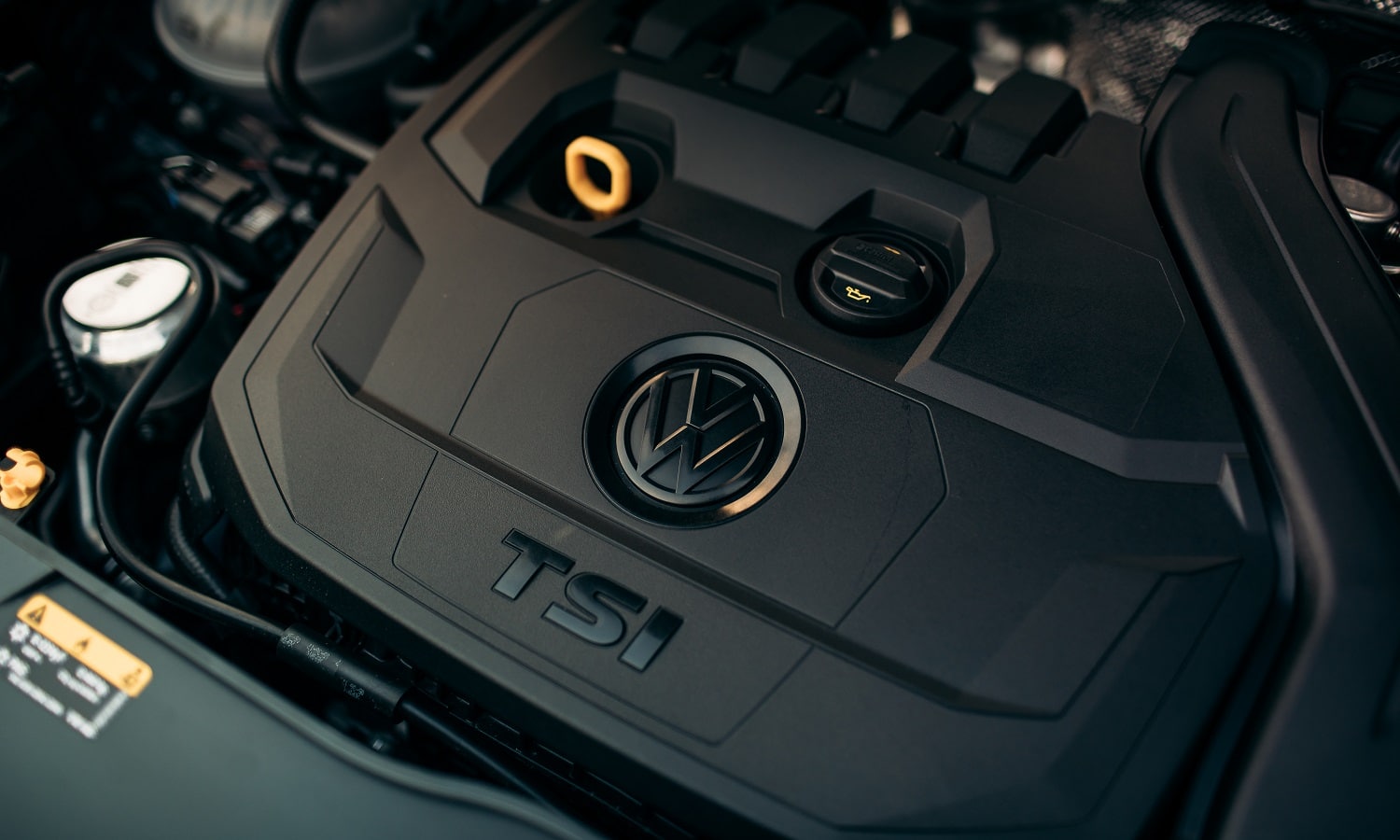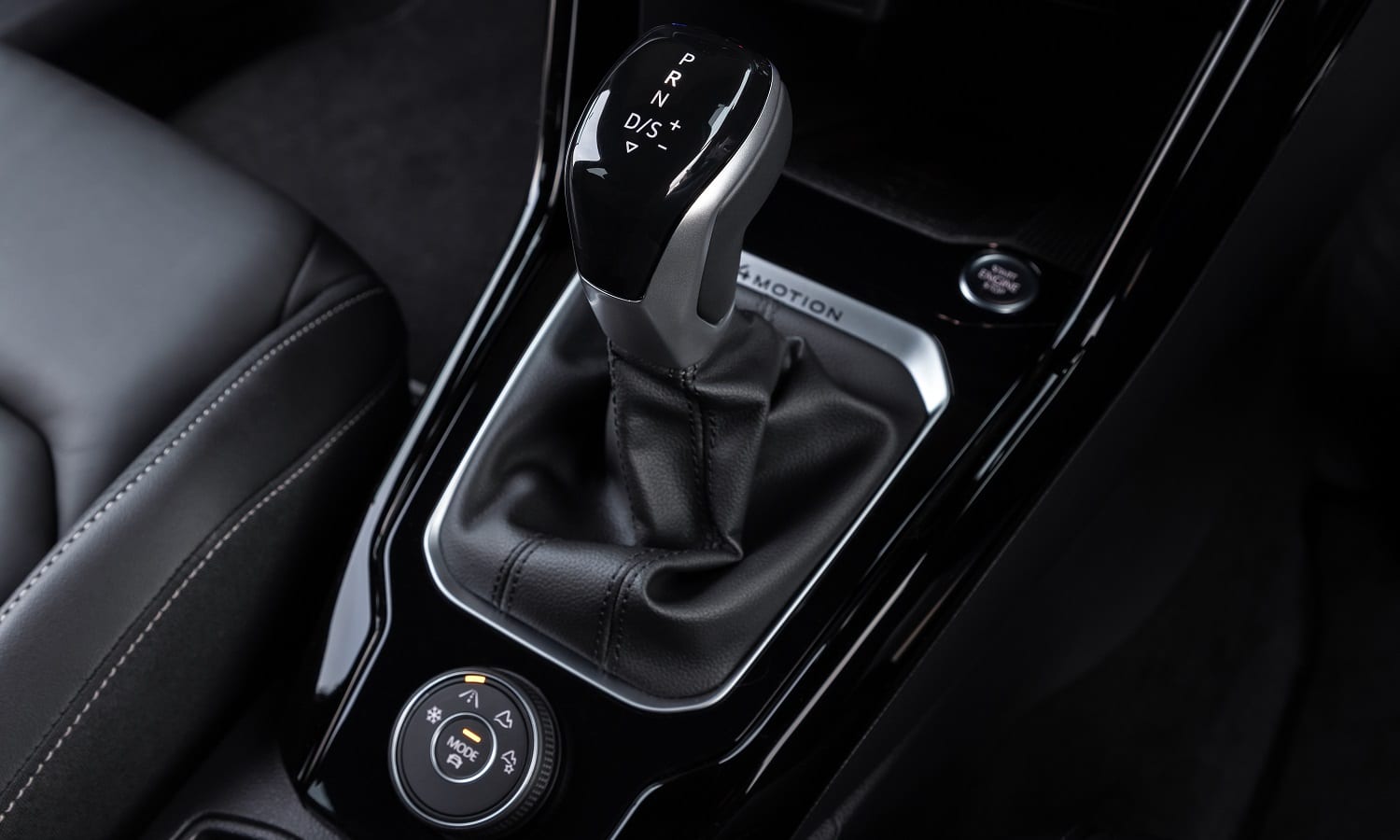
In recent years we have seen how Volkswagen developed a multitude of engines under the acronym TSI. These engines are the main sign of downsizing in the German group. now comes the 1.5 EVO 2 TSI engine with many changes that improve its efficiency and capabilities, with powers ranging from 150 hp to 272 hp.
In any case, the highest power that the brand announces will not come from the block of only one and a half liters. That would be the height of downsizing. When Volkswagen talks about 272 hp, it is referring to one of its plug-in hybrid versions. So it will be the combined power of the TSI 1.5 EVO 2 engine with one or more electric motors.
The improvements of the TSI 1.5 EVO 2 engine
The succeeding 1.5 TSI engine already had several systems to improve its efficiency and performance. Among them, the system direct injection, cylinder disconnection and variable vane turbo. Many of the EVO 2 improvements are tweaks to these systems, but others are brand new:

- TSI engines have always used the direct injection to lower the temperature of the cylinder and thus be able to raise the compression ratio. Something that EVO 2 also benefits from. Nevertheless, the pressure at which the fuel is injected is now up to 350 bars, to improve fuel atomization.
- The ACT cylinder disconnect was found on the TSI 1.5 EVO. Which was achieved with a mechanical system on the camshaft that overrides the actuation of the valves and, of course, a change in the electronic injection that stops sending fuel to those cylinders. This cylinder deactivation is called ACTplus on the EVO 2 and, depending on the brand, it outperforms its predecessor in several aspects.
- El variable vane turbo has been redesigned for improve your performance and that the performance of the engine is even more elastic over a very wide rpm range. From low revs to high up on the rev counter.
- If combined with a DSG gearbox, the TSI engine has the function of sail mode, which turns off the entire engine and the car coasts in neutral. The moment the accelerator is pressed, the engine starts up again quickly and the DSG shifts into the appropriate gear according to what the driver asks for with the pedal. Thing that the TSI 1.5 EVO 2 also includes with some improvements.
- This new engine from Volkswagen continues to run with the Miller Cycle, But fuel burn has been improved.
- Improvements in emission reduction: have been placed anti-pollution systems closer to the engine. A method that allows particulate filter reach its optimum operating temperature sooner. The same goes for the catalyst three-way, which allows you to comply with the strict European and American anti-pollution regulations.

As you can see, much of the improvements to this engine are focused on improving efficiency and reducing emissions. All of them trying to adapt to the Euro 7 regulation that will come in a few years and that has very difficult requirements for some brands to meet. So much so, that to reach its standards, it is expected that different methods of electric hybridization or alternative fuels will have to be used. That's why, this engine will be compatible with gas, and with propulsion systems with electric motors.
The arrival of the new TSI 1.5 on the market
Volkswagen's TSI 1.5 EVO 2 engine belongs to the EA 211 engine family. It will appear for the first time in its less powerful version that retains the 150 hp of the EVO 1. The model chosen to carry it will be the T-Roc and the T-Roc Convertible.
You already know their Consumption data approved with the WLTP Cycle for this car: 5 l/100 km/h for the normal one and 5,4 l/100 km for the convertible. A very good consumption considering that it is an SUV. To give you an idea of the change, the T-Roc Cabrio that is currently sold, which it will replace, approves a consumption of 6.3 l/100 km.

Regarding emissions, this car with the TSI 1.5 EVO 2 has registered between 115 and 120 grams of CO2 in the T-Roc and between 122-127 grams of CO2 in the T-Roc convertible.
The predecessors of the TSI 1.5 EVO 2 engine
There are many propellers of different displacements and performances that carry the acronym TSI or TFSI according to the brand of the Volkswagen Group. Nevertheless, the most used in all these years has been the 1.4 TSI engine, which has been fitted to many of the mid-size models from Audi, Volkswagen, Seat and Skoda.
After about ten years exploiting the 1.4 TSI engine block, in 2016 the Volkswagen Group launched its successor: the 1.5 NO EVO. It should be noted that, instead of continuing to reduce displacement as had happened up to now, increases its cubic capacity. According to Volkswagen, the 1.5 TSI EVO was an evolution with respect to its predecessor, which achieved more efficiency and dynamism. In the following video they explain some of their technologies and how they work.

The 1.5 TSI was one of the first petrol engines in the world to use a variable geometry turbocharger. This translates into better performance in practically the entire operating rev range, making it more usable and pleasant to drive by having a large torque reserve at virtually any time.
As in the latest versions of the 1.4 TSI, the cylinder cutout ACT of the 1.5 TSI EVO engine allows cylinders 2 and 3 to stop doing their job when the energy demand is low, saving fuel without the driver realizing it.
It also counts, in versions with DSG transmission, with a system able to turn off the engine. When the speed is not high and the driver takes his foot off the accelerator, the clutch disengages and the system shuts down the engine. In this way, in smooth decelerations where we want to take advantage of the inertia, we can circulate for several tens of meters with the engine off. With just a touch of the accelerator the 1.5 TSI EVO comes back to life.

I hope that when I turn off the engine, the steering and brakes continue to work ???. Very nice engine, "powerful" and economical, two words that seduce?